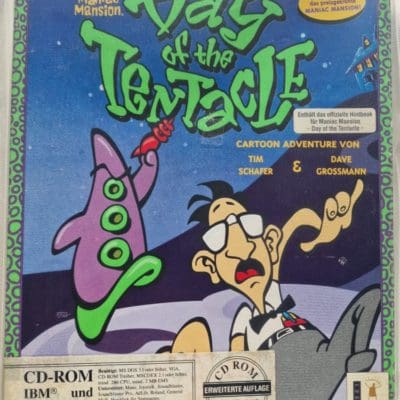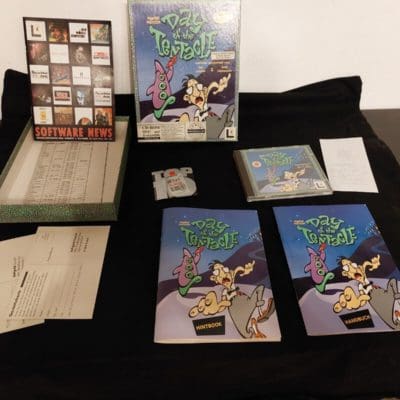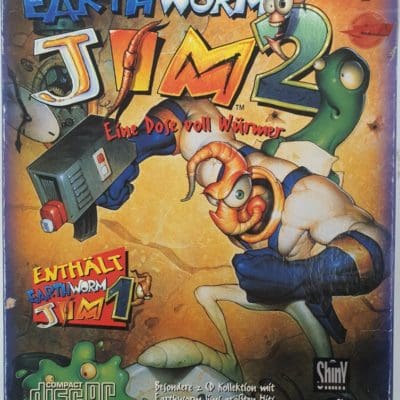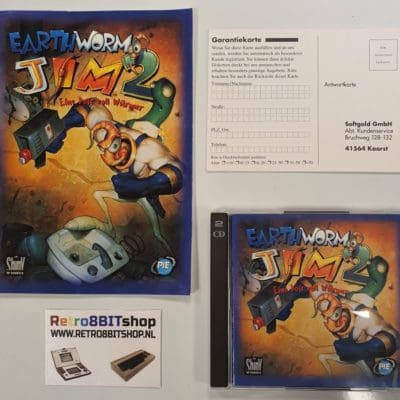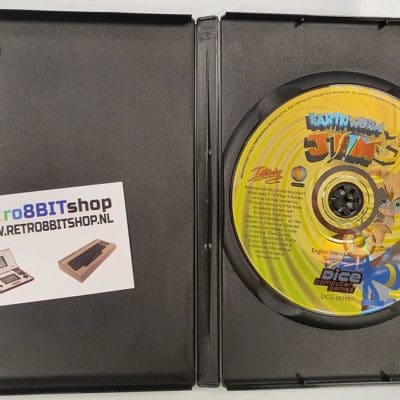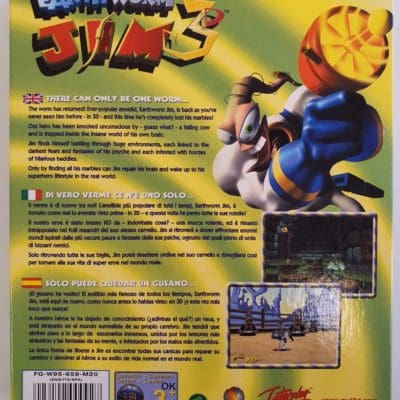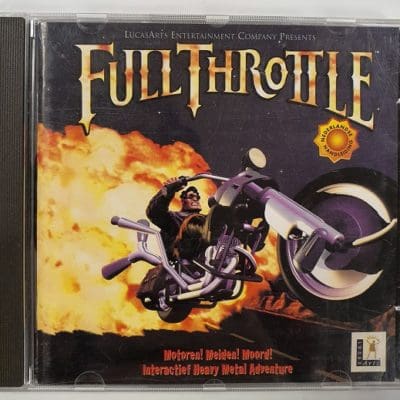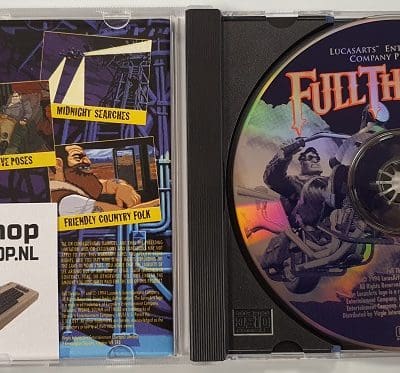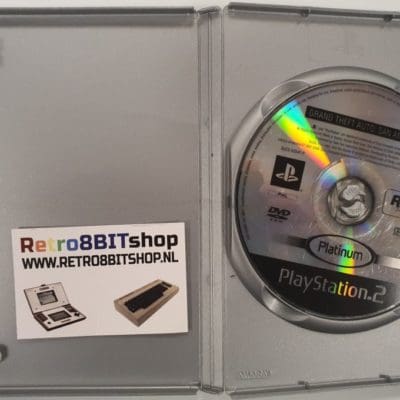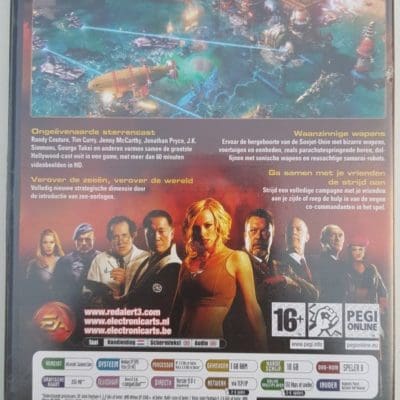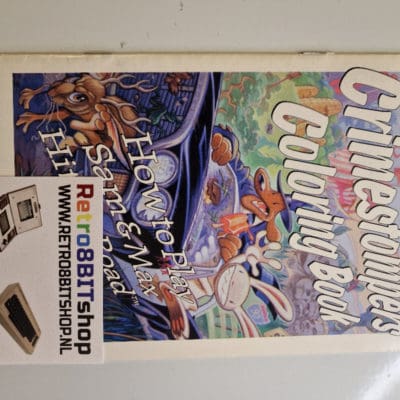No products in the cart.
comedy
-
Earthworm Jim 2
GERMAN BIG BOX
From Evil the Cat’s’Circus of the Scars’ to the planet of Meat, join Jim on a madcap chase across the galaxy. Saving cows, thwarting lawyers and outsmarting Psy-Crow are all in a day’s work for Jim. Are you up to the challenge? Can you handle the awesome new weapons? Excellent! Then stop reading this. Try it now! Trust no one, play it yourself.. or EAT DIRT!
€19,00 -
Earthworm Jim 3D
Earthworm Jim 3D is a platform game, the third in the Earthworm Jim series. It is a sequel to Earthworm Jim and Earthworm Jim 2, and the first game in the series to not be developed by Shiny Entertainment, which had recently instituted a strict “no sequels” policy. Interplay Entertainment, having recently purchased the Earthworm Jim rights, handed the franchise off to VIS Interactive. The game suffered a difficult, prolonged development cycle and was repeatedly delayed until it was released in 1999 for the Nintendo 64 and Microsoft Windows. The game was not received well, with critics claiming that the charm of the originals was lost, and that despite the long development period, the game still felt sloppy and lacked previously promoted features.
€2,50 -
Earthworm Jim 3D Big Box
- Big Box PC
- International Edition
- Near Mint Condition
Earthworm Jim 3D is a platform game, the third in the Earthworm Jim series. It is a sequel to Earthworm Jim and Earthworm Jim 2, and the first game in the series to not be developed by Shiny Entertainment, which had recently instituted a strict “no sequels” policy. Interplay Entertainment, having recently purchased the Earthworm Jim rights, handed the franchise off to VIS Interactive. The game suffered a difficult, prolonged development cycle and was repeatedly delayed until it was released in 1999 for the Nintendo 64 and Microsoft Windows. The game was not received well, with critics claiming that the charm of the originals was lost, and that despite the long development period, the game still felt sloppy and lacked previously promoted features.
€99,00 -
Full Throttle Big Box
Full Throttle is a computer adventure game developed and published by LucasArts. It was designed by Tim Schafer, who would later go on to design Grim Fandango, Psychonauts and Brütal Legend. The game features voice actors Roy Conrad and Mark Hamill. It was released on April 30, 1995. It is the tenth game to use the SCUMM adventure game engine.
€79,00 -
Full Throttle CDROM Dutch
Full Throttle is a computer adventure game developed and published by LucasArts. It was designed by Tim Schafer, who would later go on to design Grim Fandango, Psychonauts and Brütal Legend. The game features voice actors Roy Conrad and Mark Hamill. It was released on April 30, 1995. It is the tenth game to use the SCUMM adventure game engine.
€9,00€10,00 -
Full Throttle CDROM English
Full Throttle is a computer adventure game developed and published by LucasArts. It was designed by Tim Schafer, who would later go on to design Grim Fandango, Psychonauts and Brütal Legend. The game features voice actors Roy Conrad and Mark Hamill. It was released on April 30, 1995. It is the tenth game to use the SCUMM adventure game engine.
€12,50€15,00 -
Mario Kart Wii – Dutch version
Mario and friends once again jump into the seat of their go-kart machines for the first Wii installment of this popular franchise. New features this year are an online racing mode, new motorbike vehicle types, a special balancing system for new and veteran players, and (in its initial release) a special Mario Kart wheel packaged with the game.
€19,00

